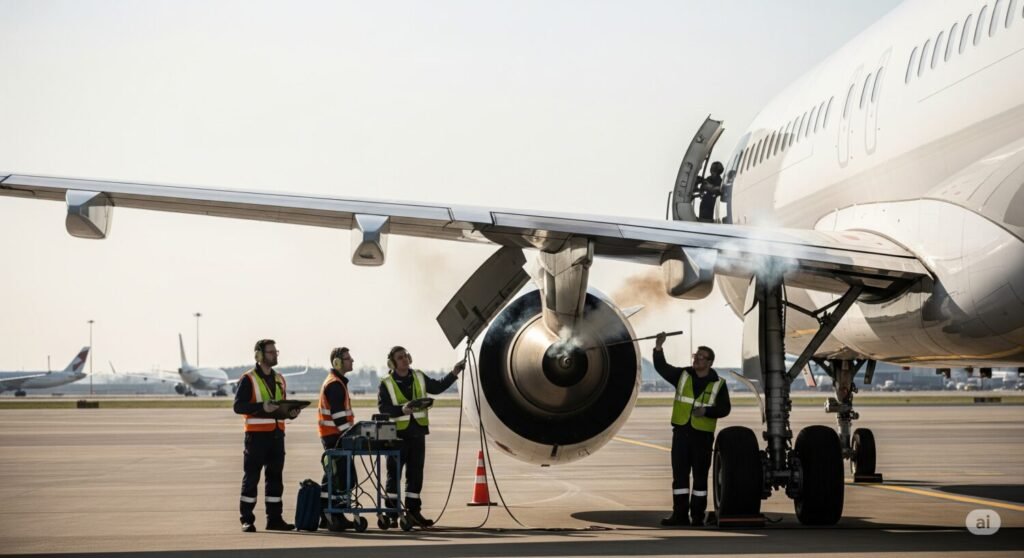An IndiGo flight from Ahmedabad to Diu recently aborted take-off due to technical reasons. Learn why these safety measures are crucial for passenger well-being.
The Unexpected Halt
Imagine settling into your seat, the engines revving, and the anticipation of your journey building. Suddenly, the aircraft slows, then comes to a complete stop. This was the reality for passengers on a recent IndiGo flight from Ahmedabad to Diu, where a technical snag forced the pilot to abort take-off. While such incidents can be unsettling, they are a testament to the rigorous safety protocols in place within the aviation industry. Furthermore, these quick decisions by pilots are crucial for passenger well-being.
Why Aborted Take-Offs Happen
An aborted take-off, though rare, is a standard procedure designed to prevent potential issues from escalating. Pilots are trained extensively for these scenarios. For instance, if an anomaly is detected during the critical take-off roll – perhaps an unusual engine reading, a warning light, or even an unconfirmed sound – the pilot will immediately halt the aircraft. This decisive action prioritizes safety above all else. Additionally, the aircraft undergoes thorough inspections after such an event to identify and rectify the technical issue. Therefore, passengers can rest assured that every precaution is taken.
The Pilot’s Crucial Role
The decision to abort a take-off is made in a matter of seconds, highlighting the immense responsibility and skill of airline pilots. They continuously monitor a multitude of parameters, from engine performance to runway conditions, during this critical phase of flight. Consequently, their training includes extensive simulations of various emergency scenarios. Moreover, the crew works in tandem to ensure a safe outcome. This incident, while causing a delay, ultimately demonstrated the effectiveness of these safety measures and the professionalism of the flight crew.
What Happens Next?
Following an aborted take-off, passengers are typically informed of the situation and the reasons for the delay. The airline then works to resolve the technical issue, which might involve maintenance checks, part replacements, or even a change of aircraft. Passengers are usually offered options such as rebooking or refunds, depending on the circumstances. It’s important to remember that these procedures are in place for everyone’s safety, ensuring that every flight operates under optimal conditions. Ultimately, patience and understanding are key in these situations.
A Commitment to Safety
This recent event serves as a powerful reminder of the aviation industry’s unwavering commitment to safety. Every system, every procedure, and every decision is geared towards ensuring that passengers reach their destinations securely. Therefore, while an aborted take-off can be an unexpected inconvenience, it is a clear indicator that the safety net is working exactly as it should. Furthermore, such incidents reinforce public trust in air travel.









